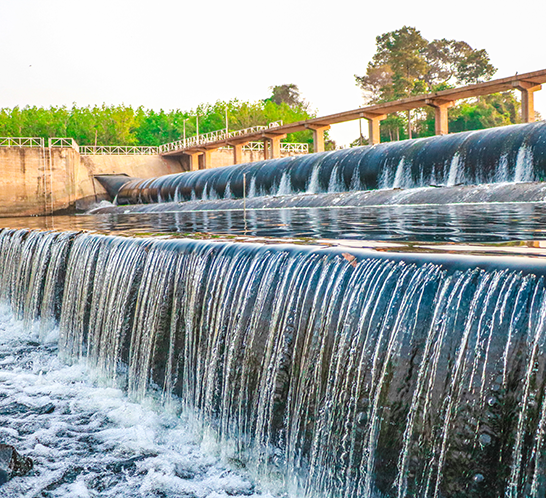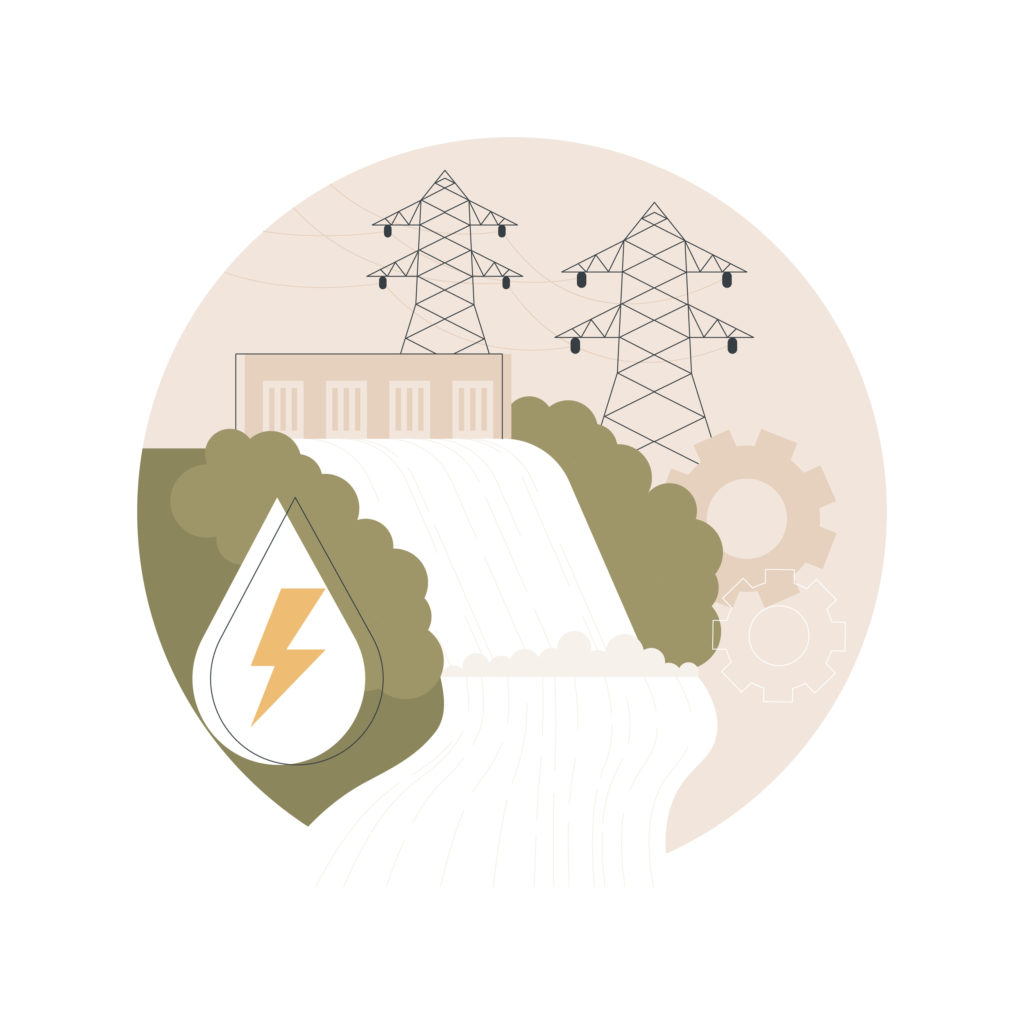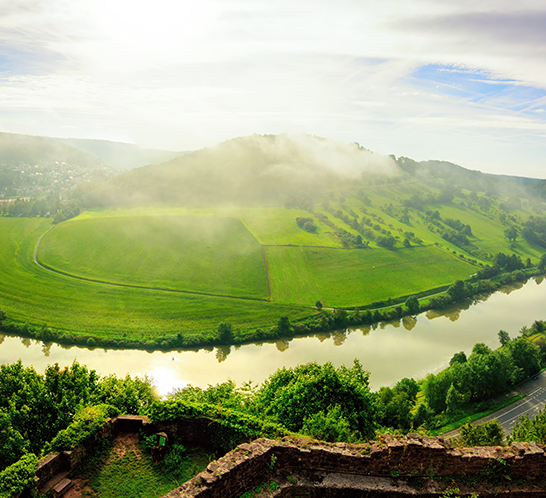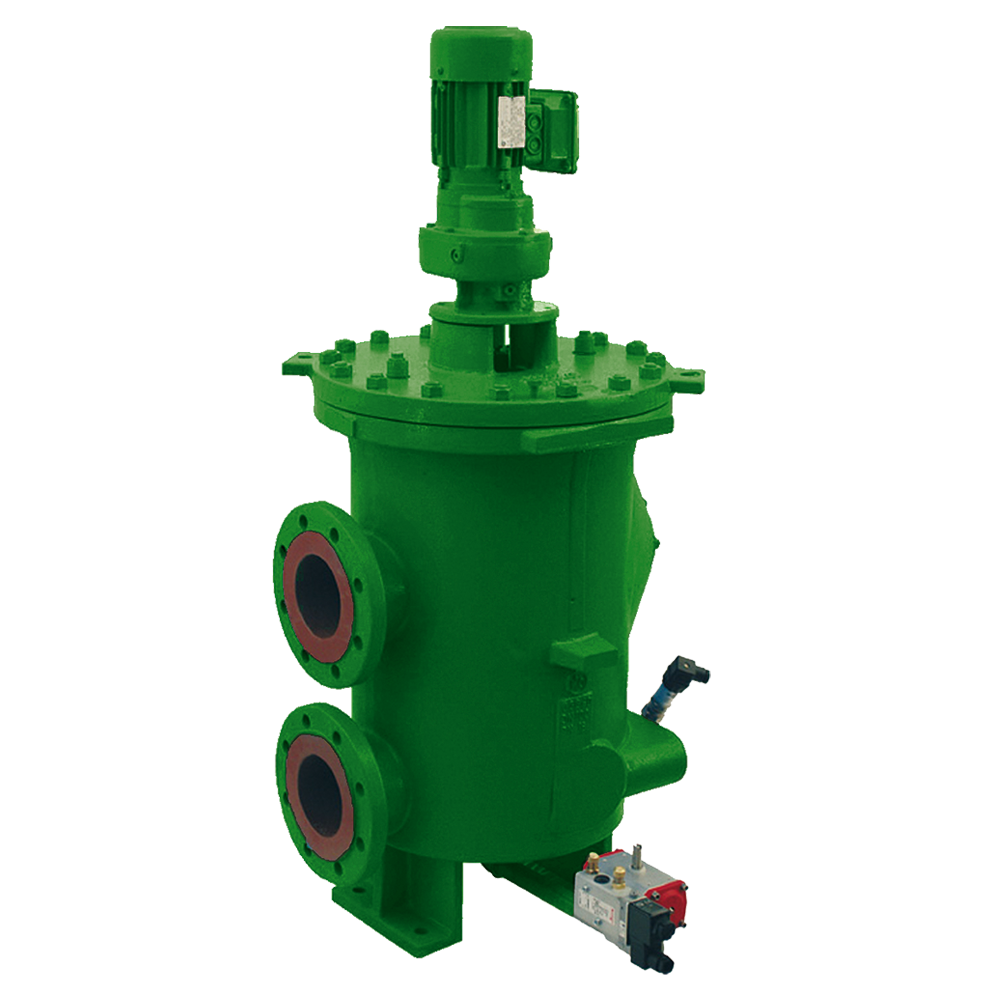2020-04-22

Initial Situation
The run-of-river power plants on the Neckar use the outflow of the Neckar with the respective heads between the barrages for power generation. In the power plants, 54 turbine sets with an installed capacity of about 93 megawatts generate an average of about 530 million kilowatt hours of electricity per year. This is enough to supply around 330,000 households with electricity. In addition, the emission of around 490,000 tons of CO2 is saved. Run-of-river power plants are built on rivers, some of which have a low gradient but high flow rates. The electricity generated in run-of-river power plants is used to cover part of the base load required in the power grid. The turbines and generators can run uninterruptedly except during extreme drought or flooding. Most run-of-river power plants are built according to the same design: A weir with several closable gates dams the river water. The aim is to keep the level of the water dammed in the reservoir above the weir as close as possible to the ideal condition in order to achieve a constantly high energy yield.

Challenge
The particular challenge in this case relates to the filtration of the sealing and flushing liquid used for the aforementioned control devices. Seal water is also required for the shaft seals of the turbine bearings and must be particularly clean and free of impurities to ensure proper functioning. For this purpose, a small partial flow of the river water is taken and finely filtered via an automatic filter. This cleanly filtered liquid is particularly needed in extreme weather conditions such as floods, as the river water in this situation contains a great deal of impurities and fine sludge.

Information
The Neckar river extends 367 kilommeterns from the Swabian Alb to the Rhine near Mannheim. As a federal waterway, it is one of the central shipping routes in Baden-Württemberg and is also of great importance as a scource of energy.
In total, the Neckar overcomes a height difference of around 160 metres in the 200 kilometre long section.

Solution

Customer Value